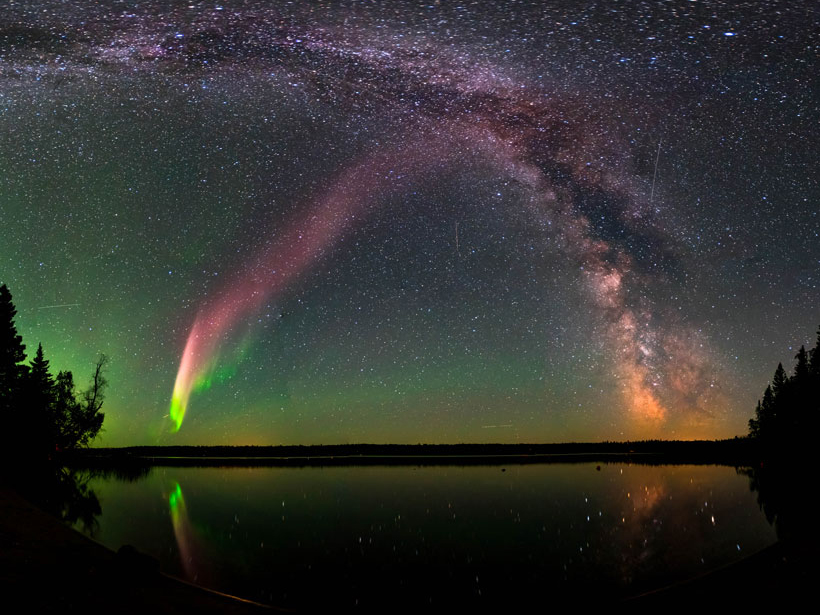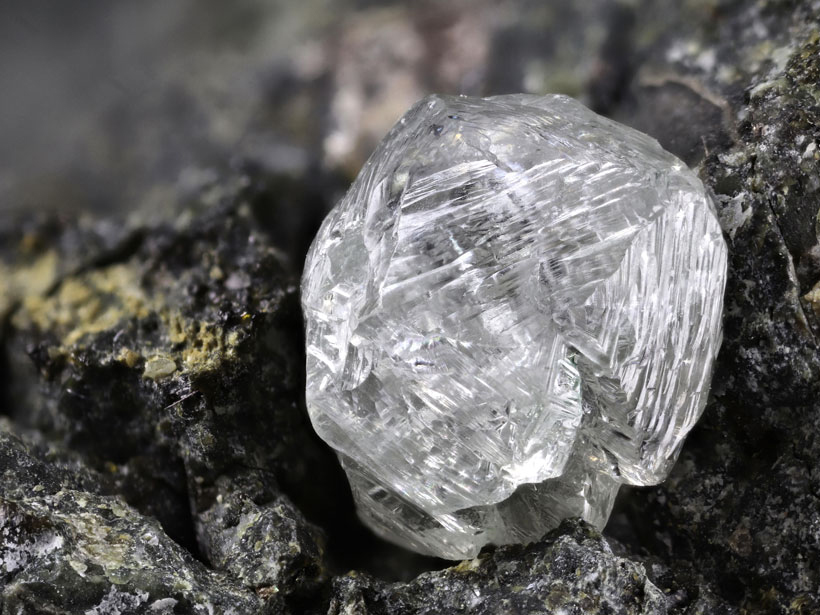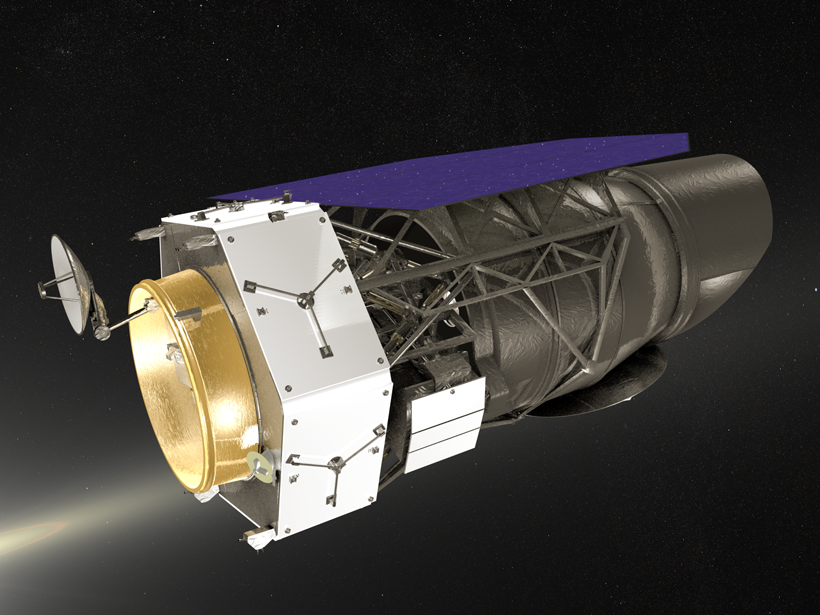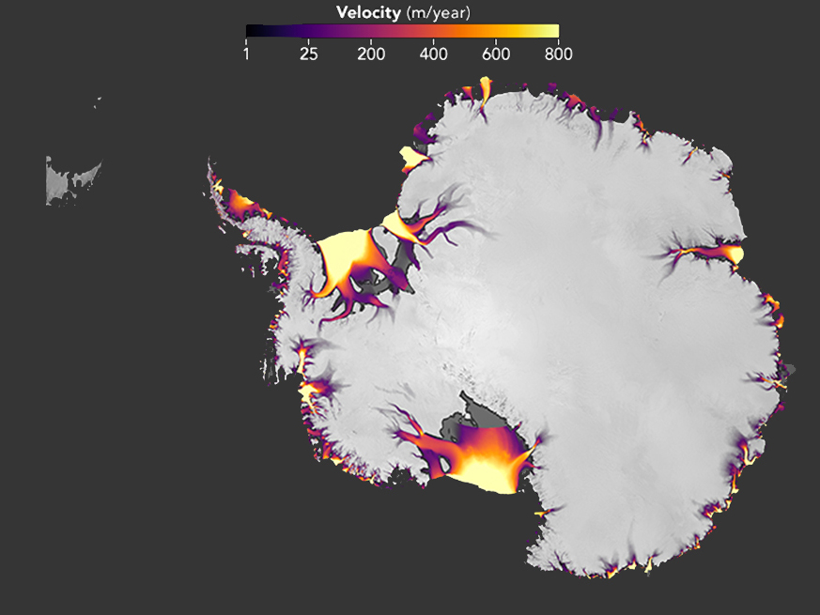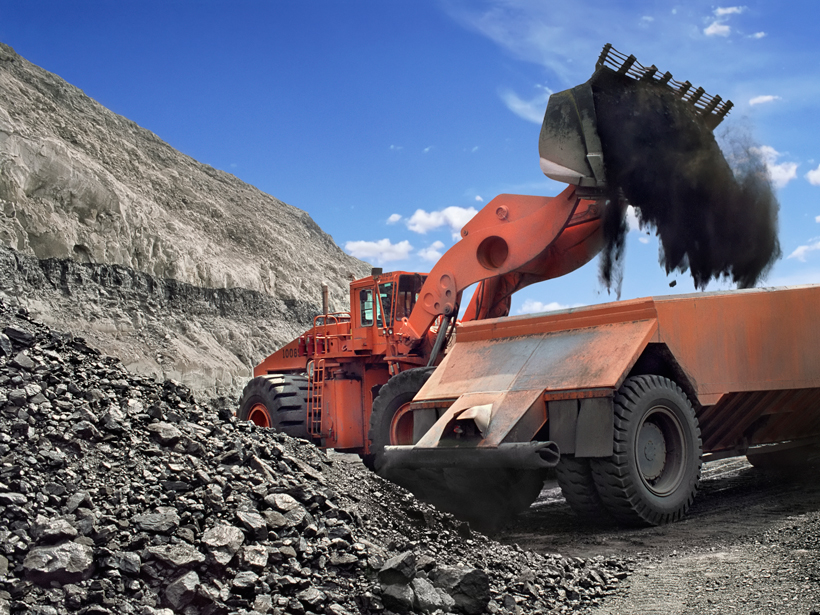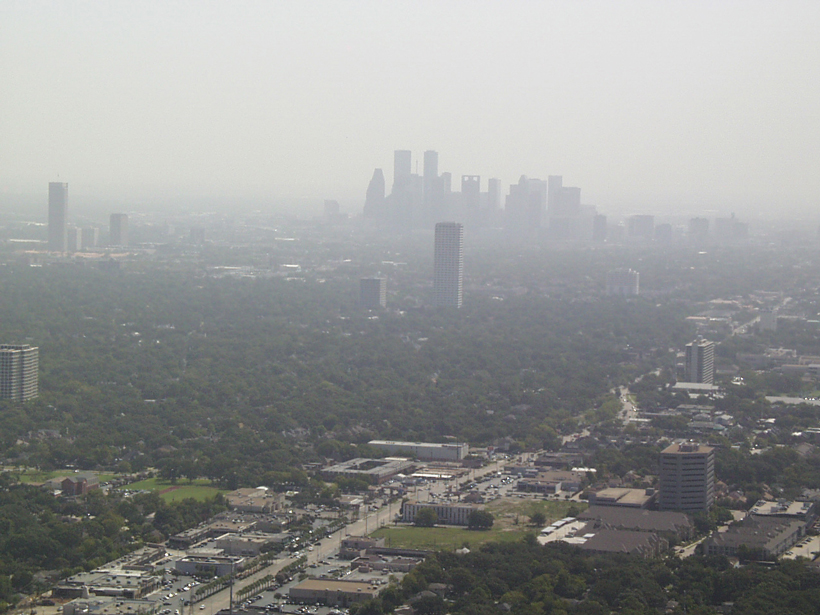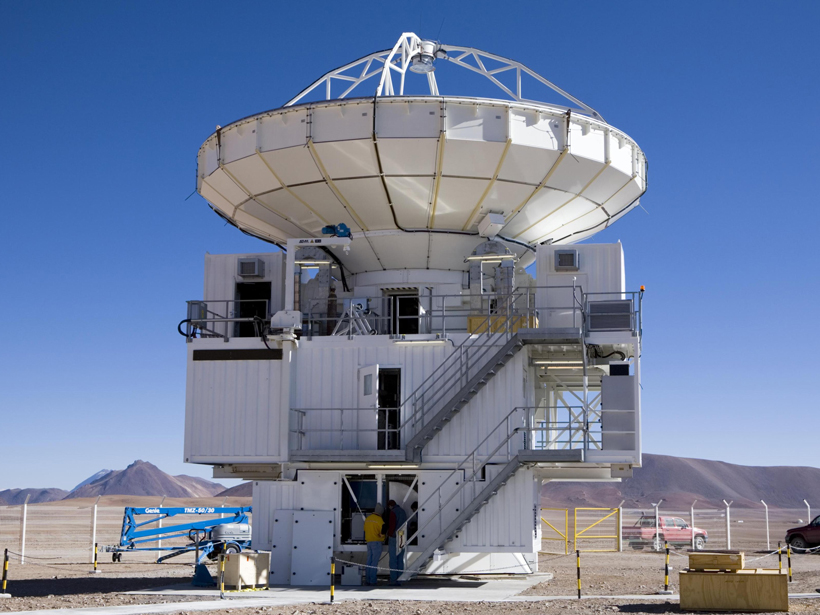Meet STEVE, a purple and green, low-latitude, aurora-like phenomenon whose inner workings were uncovered with the help of citizen scientists.
Kimberly M. S. Cartier
Kimberly M. S. Cartier, Senior Science Reporter for Eos.org, joined the Eos staff in 2017 after earning her Ph.D. studying extrasolar planets. Kimberly covers space science, climate change, and STEM diversity, justice, and education
Diamond Impurities Reveal Water Deep Within the Mantle
A high-pressure form of ice, trapped within diamonds forged in the lower mantle, suggests that aqueous fluids reside deeper in Earth than we knew.
New Juno Data Reveal Four Key Secrets of Jupiter
Deep clouds, polar storms, lopsided gravity, and a uniformly rotating interior demonstrate that the gas giant plays by different rules than Earth.
Federal Spending Act Boosts Funding for Many Science Agencies
Congressional priorities reflected in the legislation differed sharply from the administration’s.
Rocks with Soft-Tissue Fossils Share a Mineral Fingerprint
Discovering new resting places of these rare and information-rich fossils will be critical to understanding the largest expansion of life in Earth’s history, according to researchers.
New Maps Highlight Antarctica’s Flowing Ice
The maps focus on surface ice velocity, showing how Antarctica’s frozen surface changed over a 7-year period.
House Science Subcommittee Hearing Targets Sexual Harassment
Witnesses testified about the culture that allows sexual harassment to persist, harassment’s impact on individuals and the scientific community, and what is being done to combat it.
Fossil Energy Sources Win Out in Interior and Energy Budgets
The budgets reflect the administration’s energy and environment priorities by boosting research and development for coal and oil while decreasing funding for clean and renewable energies and environmental protection.
Ozone Pollution Maps Show Spikes Amid Broad Declines
Exceptionally comprehensive new maps detail current global concentrations and 15-year trends.
A Decade of Atmospheric Data Aids Black Hole Observers
Astrophysicists are using a global atmospheric model to help them coordinate a multicontinent, radio-frequency observing campaign to gaze at the black hole at the center of the Milky Way.

